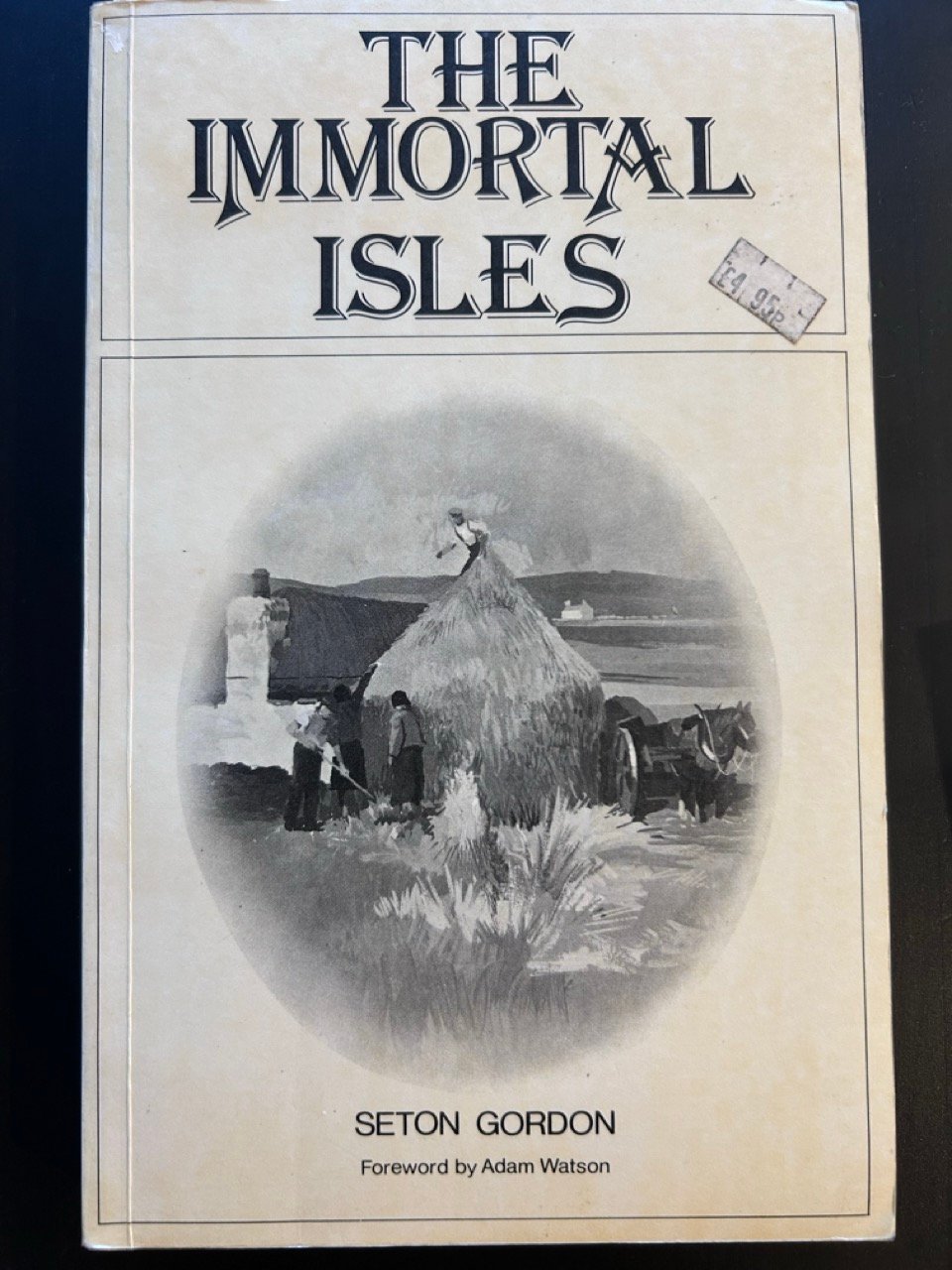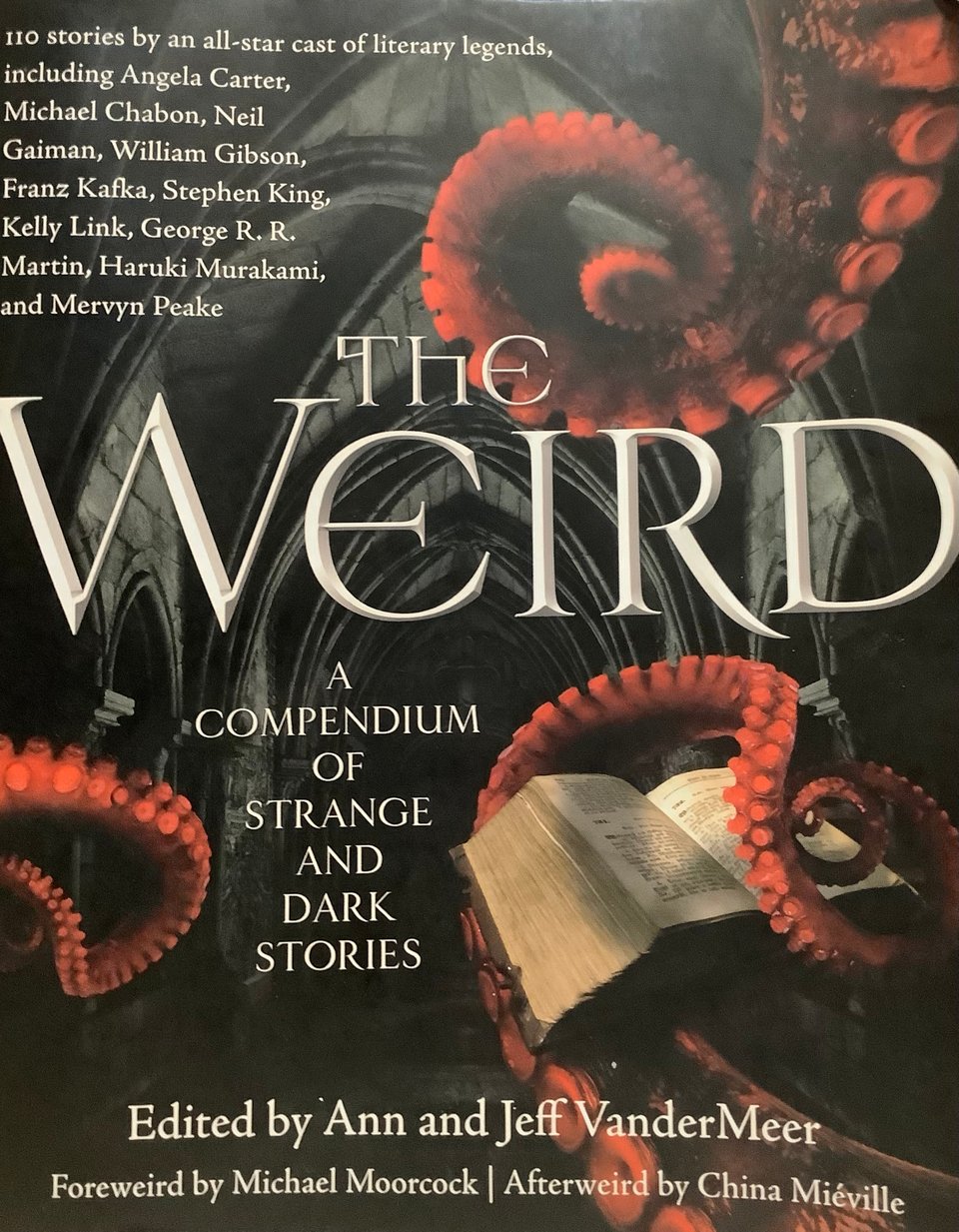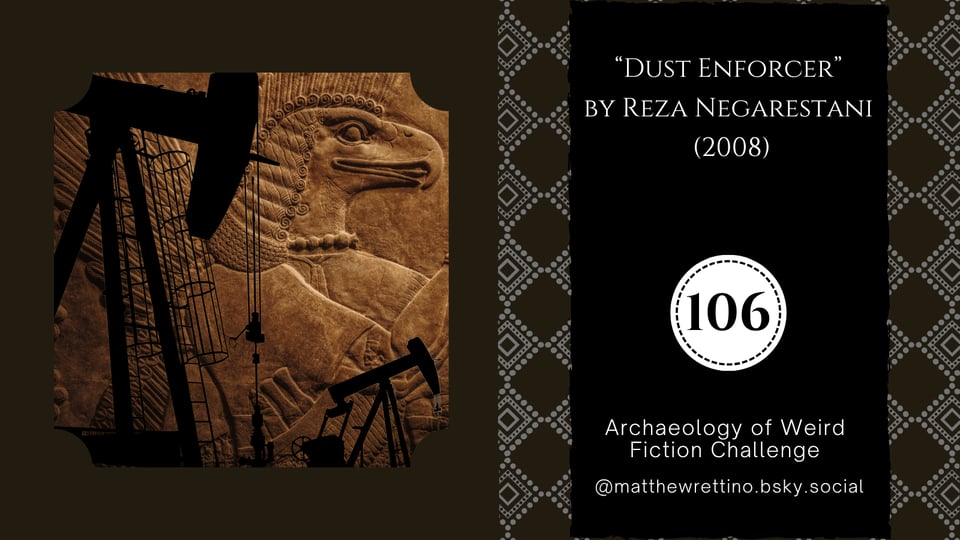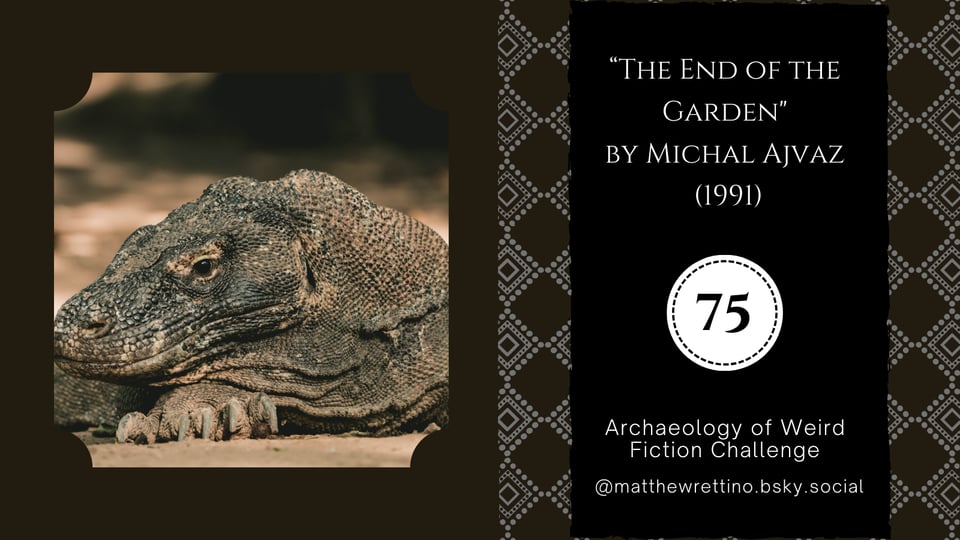The Brahan Seer Predicts What's Happening in July
I’ll be reading from my upcoming chapbook Pilgrimages at two events this month. One poem I look forward to sharing is “The Seer of Brahan.” Read further to learn who the Seer of Brahan was and why his story touches upon my family history in Scotland.
July Appearances
All my events this month are in Montreal and open mic, so if you’re in town and you’d like to share your own poetry or prose, feel free to bring your own work to read!
I’ll be reading “The Brahan Seer” at both events.
Thursday, July 10th
You can hear me read next Thursday at Phoenix Books (5928 Rue Sherbrooke St. West) for Chimera Open Mic at 7:00 pm. Phoenix Books is changing owners and they will also be celebrating two years of serving the NDG community. Come out and buy some books to support an independent bookstore!
Sunday, July 15th
You can also hear me read at the Accent Open Mic at Le Marche à côté (5043 rue St. Denis) at 8 pm. It’ll be Accent #118 with a theme yet to be announced. Be prepared for a late night pushing 11am.
(Events are posted to the Accent Facebook page and may not appear on the website.)

Stories behind the poems:
“The Brahan Seer”
Who is the Brahan Seer?
The Brahan Seer was a prophet from the Isle of Lewis in the 1600s who is said to have predicted many things about the future of Scotland, from the tragedy of the Scottish Clearances to the construction of the Chunnel linking Britain to France.
The story of Coinneach Odhar, or Dark Kenneth, the man known as the Brahan Seer, comes from Alexander Cameron’s The History and Traditions of the Isle of Skye in 1871. Coinneach Odhar is known to have predicted the doom of the Seaforth family and paid for it with his life.
The Gaelic language short film Seaforth tells the Brahan Seer’s story, with the promo images showing him using the adderstone through which he was able to see visions of the future.
Some of his other prophecies were also published by the Rev. Alexander MacGregor in 1888, though not all the predictions attributed to him today (like the Chunnel!) had come true yet.
“The sheep will eat the men”
I don’t write about the Seaforths or the Chunnel in my poem, “The Brahan Seer,” but I do write about how the Seer predicted the Clearances and the emigrations. If you’ve already heard me read me read “The Brahan Seer,” you know one of the lines: “the sheep will eat the men.”
Briefly, this prophecy was said to have predicted how the sheep would replace the people living on the land during the Highland Clearances, a historical process in which land speculation incentivized landowners in the Highlands and Islands to kick families off the land and replace them with more profitable sheep farms.
I couldn’t actually locate this prophecy word-for-word in MacGregor, though other sources do attribute it to the Brahan Seer. A line like it appears in Thomas More’s Utopia.
It is, of course, possible the prophecies were not written by the historical Coinneach Odhar at all. They may have been written after the fact, perhaps to bring a sense of cosmic order to a world in upheaval.
The Brahan Seer Predicted the Emigrations
Most importantly for myself and my own family history (the Macaulays of South Uist), the Brahan Seer is said to have predicted the Western Isles emigrations of 1923 and 1924. My grandfather and his family (originally from South Uist) emigrated from Glasgow, Scotland to Canada in 1927 on the same ship that carried other emigrants from the Western Isles a few years earlier: the SS Marloch (fittingly, màirleach means thief in Scottish Gaelic).
Could a prophet from the 1700s have really predicted the crossings?

In The Immortal Isles, Seton Gordon, a Scottish naturalist and admirer of the golden eagle, suggests he believes so:
One of his prophecies was that the day would come when the Isles would be depopulated by driving rain. … Who amongst those who witnessed them will ever forget the sorrowful scenes upon the pier at Loch Boisdale when the great liner Marloch transported to Canada upwards of two hundred men from Barra, South Uist, and Benbecula, and when, the following spring, she carried westward over the Atlantic another sorrowful company? (129–130)

Gordon’s suggestive question was my first contact with the story of the Brahan Seer. My mother had given me Gordon’s book, a gift to her from her Uncle Angus after she’d visited the Western Isles with my father during her honeymoon. Needless to say, the tie between this magical history and my family’s emigration seized my imagination!
The original prophecy as quoted by MacGregor, by the way, reads like this:
the people will emigrate to Islands now unknown, but which shall yet be discovered in the boundless oceans, after which the deer and other wild animals in the huge wilderness shall be exterminated and drowned by horrid black rains (siantan dubha). (20)
Notice, however, that the “black rain” in MacGregor comes after the predicted emigration, while Gordon implies it was predicted to happen before the emigration! It seems Gordon gently manipulated the prophecy to bring a sense of foreordained prediction to a dislocating, mournful event—people saying goodbye to friends and family members they would never see again.
For me, the black rain seemed to want to say something about climate change too, and climate refugees. So I wove some of those implications into the poem as well.
I don’t think, really, that Coinneach Odhar, the Scottish Nostradamus, predicted most of the things attributed to him. But I do believe the images of his prophecies are powerful, and that the stories of his prophecies take on lives of their own. “The Seer of Brahan” is my engagement with that tradition.
Archaeology of Weird Fiction Challenge

I drafted the last post in my Archaeology of Weird Fiction Challenge a few weeks ago. I gave myself the goal of writing up on all 110 stories in Anne and JeffVanderMeer’s The Weird in September 2017, and last week I finished the last post. That makes it nearly 8 years in the making.
This feels like a major accomplishment. The blog posts will continue releasing once per week, so there will be plenty of time for you to read and enjoy them.
We’re currently at number #76, Karen Joy Fowler’s “The Dark”, and Kathe Koja’s “Angels in Love” (#77) goes live later today.

I also published a post I had only been planning to release in February. Since the US and Israel bombed Iran, bringing up the spectre of another war over oil, I decided it would be appropriate to publish my post on “Dust Enforcer” (#106), a chapter from Reza Negarestani’s Cyclonopedia.

Cyclonopedia is an experimental work of weird fiction, an encyclopedia of demonology that proposes oil is in engaged in a subterranean insurgency against sun-created life, and that oil itself is the “lubricant” of Middle Eastern history with West and East merely puppets it uses to ensure the spreading of its worldwide dominion. Assyrian demonology, jinn, even another history of Lovecraft’s Necronomicon—it’s all in there. It can be a lot to digest, but it’s critical of the Iraq war and speaks to the current moment too.
In rained black in Kuwait after Saddam Hussein bombed the oilfields in the early 1990s, an incident immortalized on camera by Werner Herzog in Lessons of Darkness. The documentary is a surreal, almost science fictional, vision of hell and climate catastrophe. But it could also bring a whole new meaning to the Brahan Seer’s siantan dubha, the black rain. It is terrifying to think that in Kuwait, during the first Iraq war, the black rain was literal.
Another notable #WeirdFictionChallenge blog post was Czech writer Michal Ajvaz’s absurdist story “The End of the Garden” (#75), in which a man ponders whether it is morally imperative to rescue a woman if she is dancing the waltz with a komodo dragon.

Writing Prompt
Pluck a world event from the headlines. It could be a natural disaster, or an astonishing accomplishment of science or engineering. Now write about it as if you were a prophet from the 1600s. Describe it only using words for things that existed at the time. Make it sound like a riddle, using poetic techniques like metaphor, metonymy, rhyme, meter, and oxymoron to create your effect.
Now hand it over to someone else to read. Can they guess what your prophecy refers to? Are different interpretations of your prophecy possible?